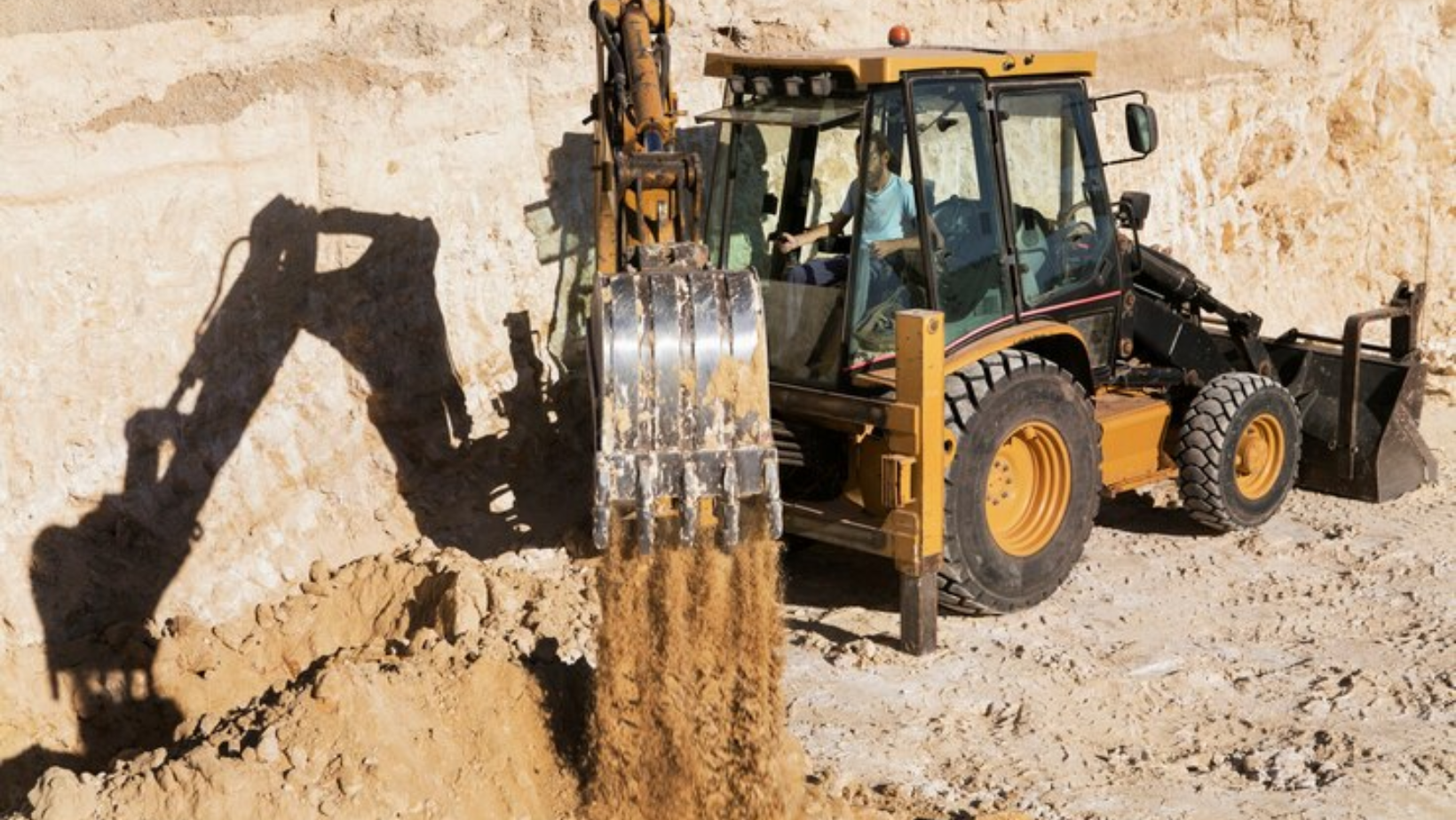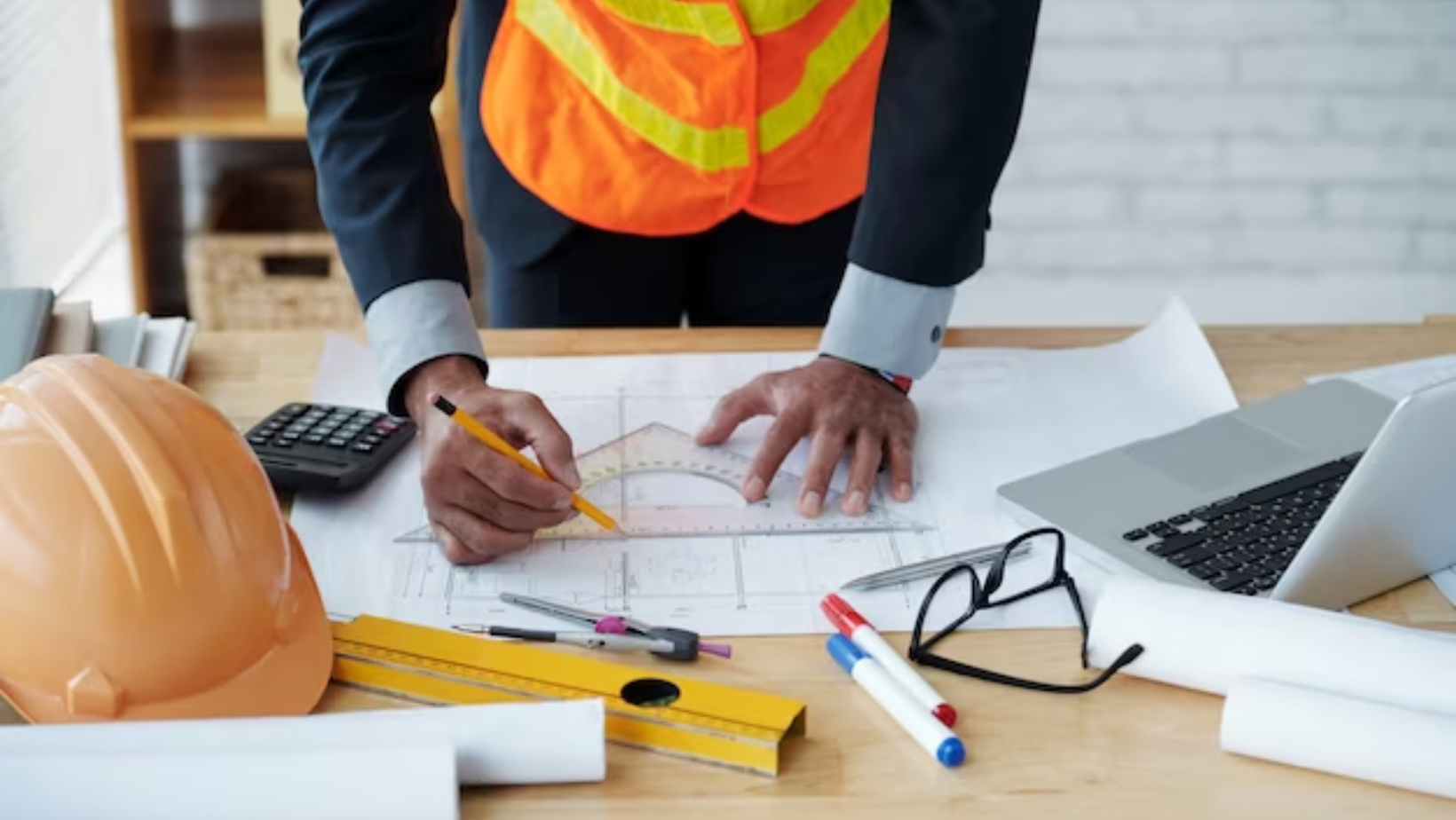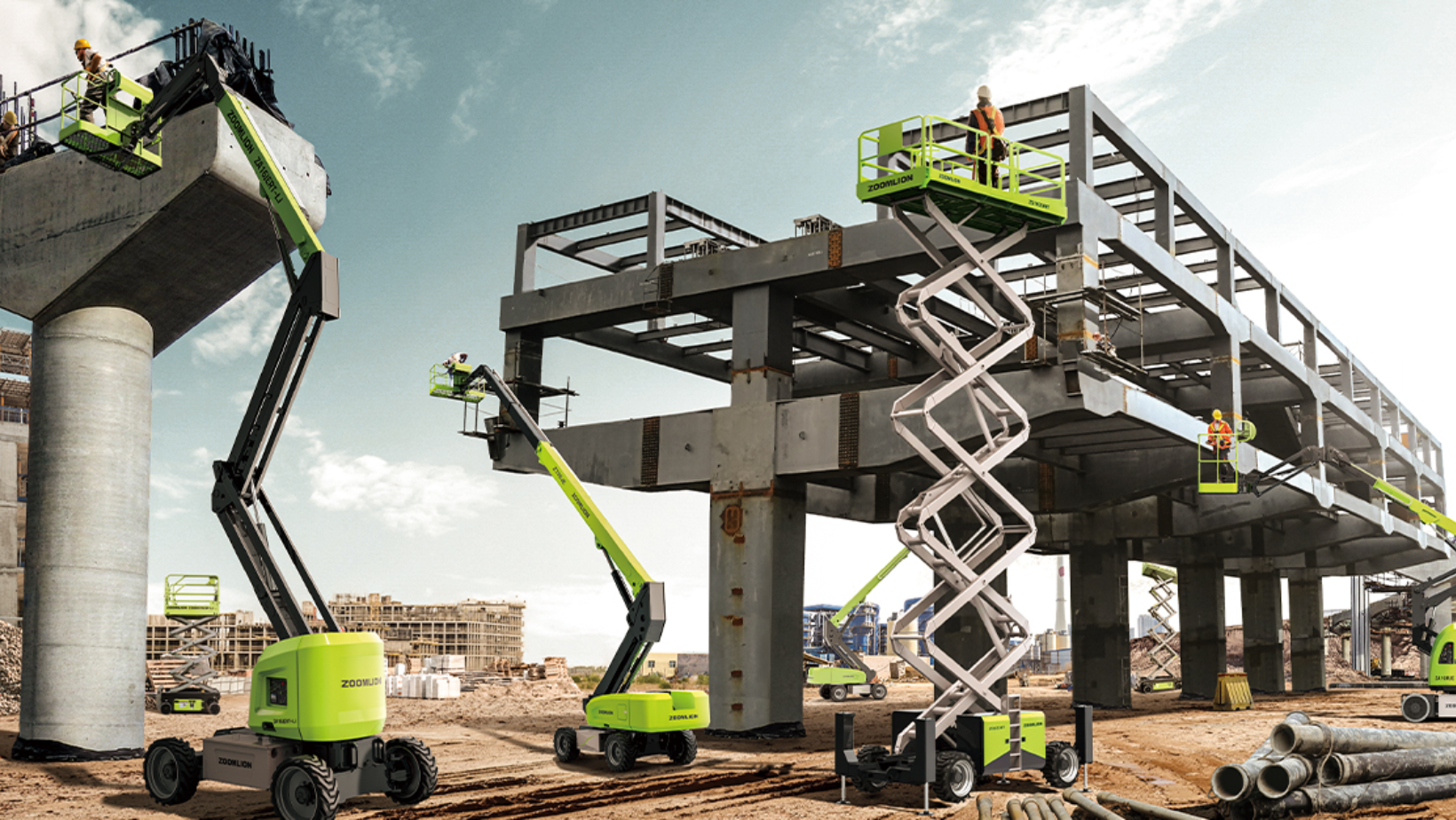
How to Navigate the World of Construction Equipment Leasing Contracts
Leasing construction equipment is a strategic decision that demands careful consideration of contractual agreements. Understanding the nuances of these contracts is crucial to ensuring a smooth and mutually beneficial relationship between lessees and lessors. In this blog post, we’ll guide you through the essential aspects of navigating construction equipment leasing contracts.
Key Terms and Conditions: Construction equipment leasing contracts can be intricate and filled with industry-specific jargon. Begin by demystifying common terms such as lease duration, payment structures, maintenance responsibilities, and renewal options. Clearly outline the terms relevant to your specific agreement, ensuring both parties have a transparent understanding.
Flexibility and Customisation: One of the advantages of leasing is the flexibility it offers. Discuss the importance of customising contracts to suit the unique needs of each project. Whether it’s adjusting lease durations, incorporating maintenance packages, or allowing for equipment upgrades, a flexible contract ensures adaptability in a dynamic construction environment.
Financial Considerations: Provide a breakdown of the financial aspects of leasing construction equipment. Explain the upfront costs, monthly payments, and any additional fees associated with the lease. Compare these costs with the potential expenses of purchasing equipment outright, emphasising the financial advantages of leasing in terms of cash flow and tax benefits.
Liability and Insurance: Address the issue of liability and insurance coverage. Clearly define which party is responsible for insurance costs and how liability is distributed in case of accidents, damages, or unforeseen circumstances. A well-defined insurance clause protects both parties and minimises uncertainties.
Maintenance and Repairs: Dive into the details of maintenance and repair responsibilities. Highlight the importance of regular equipment maintenance for optimal performance and longevity. Clarify the roles and obligations of both the lessee and lessor in ensuring that the equipment is kept in good working condition throughout the lease term.
Termination and Renewal Options: Explore the termination and renewal provisions of the contract. Discuss the conditions under which either party can terminate the lease and any associated penalties or fees. Additionally, outline renewal options, allowing lessees to seamlessly extend the lease if the project requires an extended timeframe.
Legal Compliance: Emphasise the significance of ensuring that the lease agreement complies with local and industry regulations. This includes environmental standards, safety regulations, and any other legal requirements pertinent to the operation of construction equipment.
By providing comprehensive insights into these crucial aspects of construction equipment leasing contracts, this guide aims to empower construction companies to make informed decisions and foster successful partnerships with equipment lessors. Remember, a well-negotiated and clearly defined contract is the foundation for a positive and productive leasing experience.





